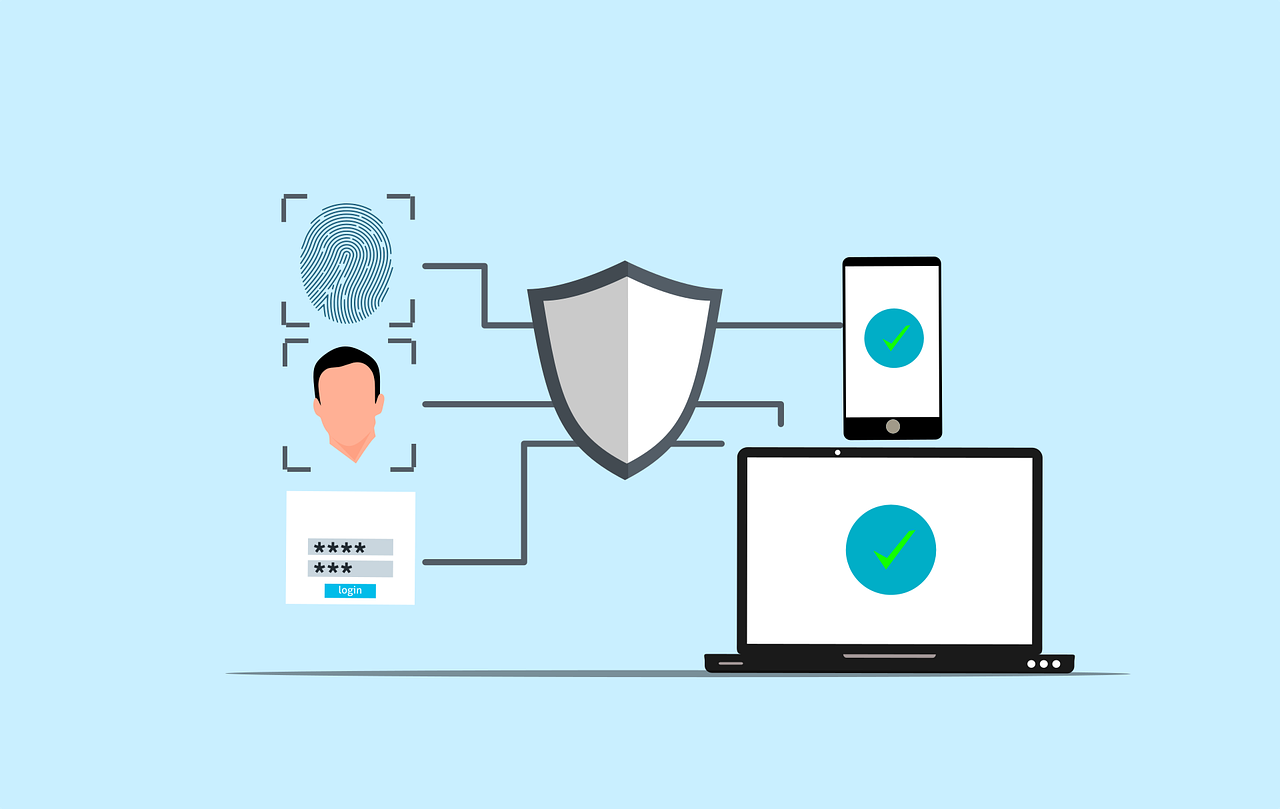

In today’s digital landscape, cybersecurity is not merely a technical concern but a fundamental pillar of business survival. As organizations increasingly migrate operations to the cloud, understanding and implementing robust security measures become paramount. A critical framework in this context is the Shared Responsibility Model, which delineates the security obligations between cloud service providers and their users.
Imagine cloud security as a partnership akin to renting an apartment. The building management ensures the structural integrity and safety of common areas, while tenants are responsible for securing their individual units. Similarly, in the cloud environment, providers like Microsoft manage the security of the cloud infrastructure, but customers must safeguard their data and manage user access within that infrastructure.
Cloud service providers are tasked with securing the foundational components of the cloud environment:
Physical Infrastructure Security: Protecting data centers with advanced security measures to prevent unauthorized access.
Network and Platform Security: Implementing robust network architectures and platform-level protections to defend against external threats.
Regular Updates and Compliance: Deploying timely security patches and ensuring adherence to global security standards and regulations.
While providers secure the infrastructure, businesses must take proactive steps to protect their data and applications within the cloud. Key responsibilities include:
User Access Management: Implementing stringent access controls and authentication methods to ensure that only authorized personnel can access sensitive information.
Data Protection: Encrypting data both in transit and at rest, and regularly backing up critical information to safeguard against data loss.
Security Configuration: Customizing security settings to align with organizational policies and compliance requirements.
Employee Training: Educating staff on cybersecurity best practices to mitigate risks such as phishing and social engineering attacks.
To effectively uphold your end of the shared responsibility model:
Assess Your Security Posture: Utilize tools like Microsoft Secure Score to evaluate your current security status and identify areas for improvement.
Develop a Remediation Plan: Create a prioritized action plan to address identified vulnerabilities, complete with timelines and assigned responsibilities.
Establish Governance: Form a dedicated security team to oversee the implementation of security measures and ensure ongoing compliance.
Implement Multi-Factor Authentication (MFA): Enhance user authentication by requiring multiple forms of verification, reducing the risk of unauthorized access.
Monitor and Respond: Continuously monitor your cloud environment for suspicious activities and have an incident response plan in place to address potential breaches promptly.
Embracing the shared responsibility model is essential for businesses leveraging cloud services. By understanding and fulfilling your security obligations, you can effectively collaborate with your cloud provider to create a resilient and secure digital environment. Remember, cybersecurity is a continuous journey that demands vigilance, adaptability, and proactive engagement from all stakeholders.